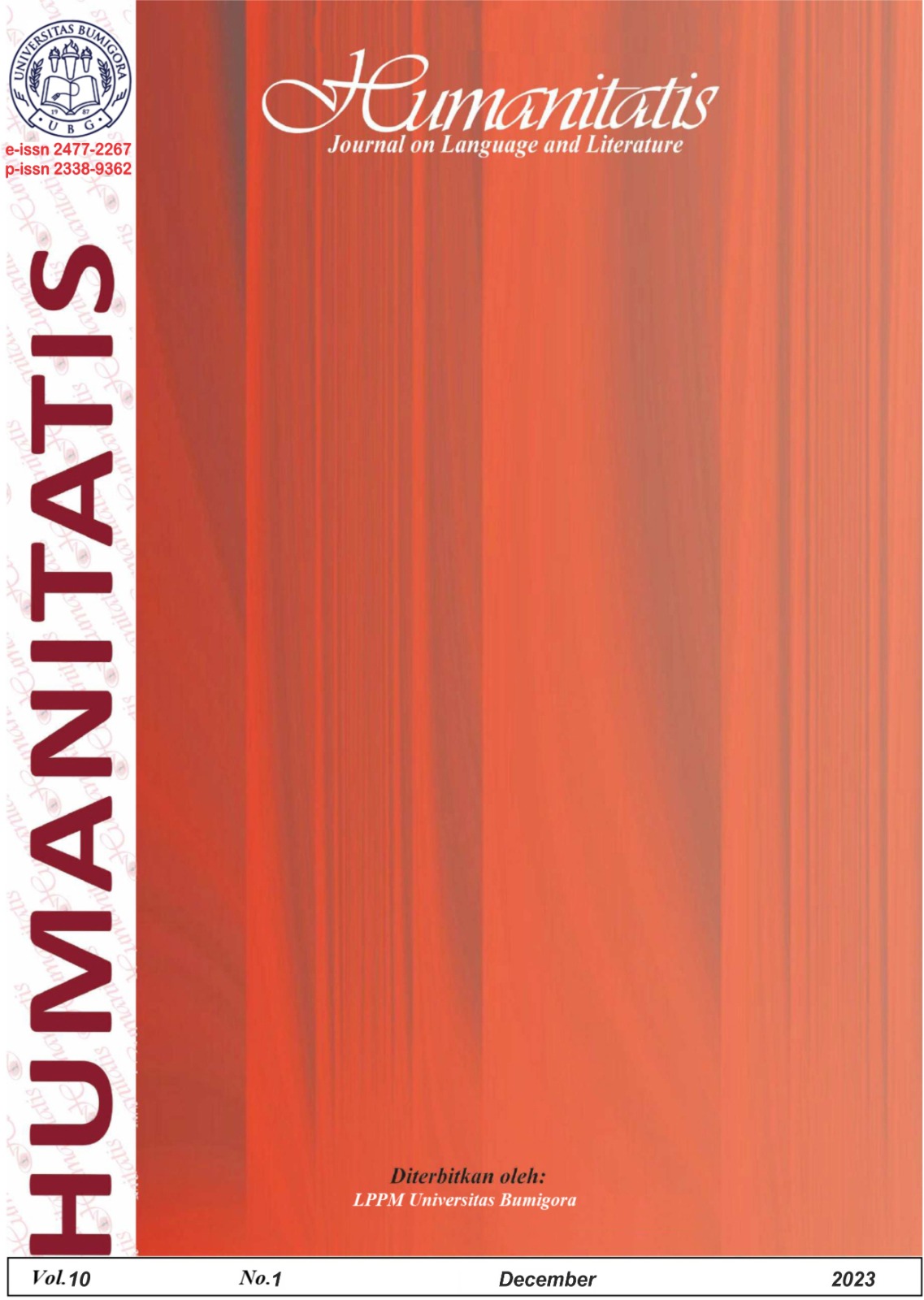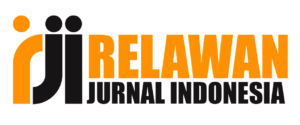Clavis: A New Selection and Gradation to Accelerate a Comprehensive Para-Tenses Mastery
Abstract
This study delves into the effectiveness of the Clavis Selection and Gradation approach in teaching English as a Foreign Language (EFL). Grounded in the theories of Richards (2017) and Faravani & Zeraatpishe (2016), which underscore the significance of grammar selection and gradation, this research employs a mixed-methods approach to address its objectives comprehensively. Two distinct groups of English teacher trainees from Universitas Islam Negeri Mataram are strategically selected for the study, with one group undergoing the Clavis Selection approach. At the same time, the other follows the conventional scheme. Data collection encompasses Pre-Test and Post-Test assessments and open-ended interviews. The assessments cover various grammatical aspects, and both groups receive treatment through five sessions. By integrating quantitative and qualitative data analysis, this study aims to provide a nuanced understanding of the Clavis Selection approach's impact on EFL learners, contributing to the field of language education. Pre- and Post-Test assessments, coupled with open-ended interviews, reveal that the Clavis Selection approach significantly improves learners' grammar proficiency compared to conventional methods. This mixed-methods research advances our understanding of grammar instruction and underscores the relevance of systematic selection and gradation in EFL pedagogy.
References
Brown, H. D. (2014). Principles of language learning and teaching: A course in second language acquisition. Pearson.
Byram, M. (1997). Teaching and assessing intercultural communicative competence (Multilingual Matters). Multilingual Matters.
Cahyani, H., & Cahyono, B. Y. (2012). Teachers’attitudes And Technology Use In Indonesian Efl Classrooms. Teflin Journal, 23(2), 130.
Chapelle, C. A. (2010). The spread of computer-assisted language learning. Language Teaching, 43(1), 66–74.
Creswell, J. W., & Creswell, J. D. (2017). Research design: Qualitative, quantitative, and mixed methods approaches. Sage publications.
Ellis, R. (2003). Task-based language learning and teaching. Oxford university press.
Faravani, A., & Zeraatpishe, M. (2016). Selection and Gradation in Materials Development: A Language-Centered and Learner-Centered Perspective. In Issues in materials development (pp. 43–56). Brill.
Gardner, R. C. (2010). Motivation and second language acquisition: The socio-educational model (Vol. 10). Peter Lang.
Gardner, S. (2008). Changing approaches to teaching grammar. Order, 11.
Hinkel, E. (2011). Handbook of Research in Second Language Teaching and Learning: Volume 2. Routledge.
Hornby, A. S. (1959). The teaching of structural words and sentence patterns: Stage one. Oxford University Press.
Jaelani, J. (2021). The Lingua Franca Core (LFC) and Its Impact on Pronunciation Teaching Practice in Indonesia. Humanitatis: Journal of Language and Literature, 8(1), 107–116.
Johnson, K. E. (2009). Second language teacher education: A sociocultural perspective. Routledge.
Johnson, R. B., & Christensen, L. (2019). Educational research: Quantitative, qualitative, and mixed approaches. Sage publications.
Johnson, R. B., & Onwuegbuzie, A. J. (2004). Mixed methods research: A research paradigm whose time has come. Educational Researcher, 33(7), 14–26.
Larsen-Freeman, D. (2015). Research into practice: Grammar learning and teaching. Language Teaching, 48(2), 263–280.
Levene, H. (1960). Robust tests for equality of variances. Contributions to Probability and Statistics, 278–292.
McCarthy, M., & Carter, R. (1995). Spoken grammar: what is it and how can we teach it? ELT Journal, 49(3), 207–218.
Morganna, R., Sumardi, S., & Tarjana, S. S. (2020). Tertiary English students’ attitude towards intercultural language learning. Indonesian Journal of Applied Linguistics, 9(3), 657–665.
Palmer, H. E. (1921). The principles of language-study (Issue 5). GG Harrap, Limited.
Richards, J. C. (2017). Curriculum development in language teaching. Cambridge University Press Cambridge.
Richards, J. C., & Farrell, T. S. C. (2005). Professional development for language teachers: Strategies for teacher learning. Cambridge University Press.
Richards, J. C., & Rodgers, T. S. (2014). Approaches and methods in language teaching. Cambridge university press.
Roever, C., & Phakiti, A. (2017). Quantitative methods for second language research: A problem-solving approach. Routledge.
Suprapto, N. (2016). What should educational reform in Indonesia look like?-Learning from the PISA science scores of East-Asian countries and Singapore. Asia-Pacific Forum on Science Learning & Teaching, 17(2).
Willis, D., & Willis, J. (2007). Doing Task-based Teaching: Oxford University Press.

This work is licensed under a Creative Commons Attribution 4.0 International License.













